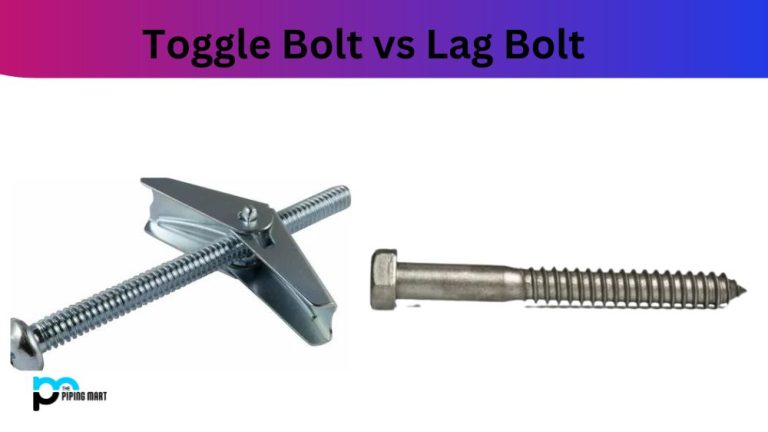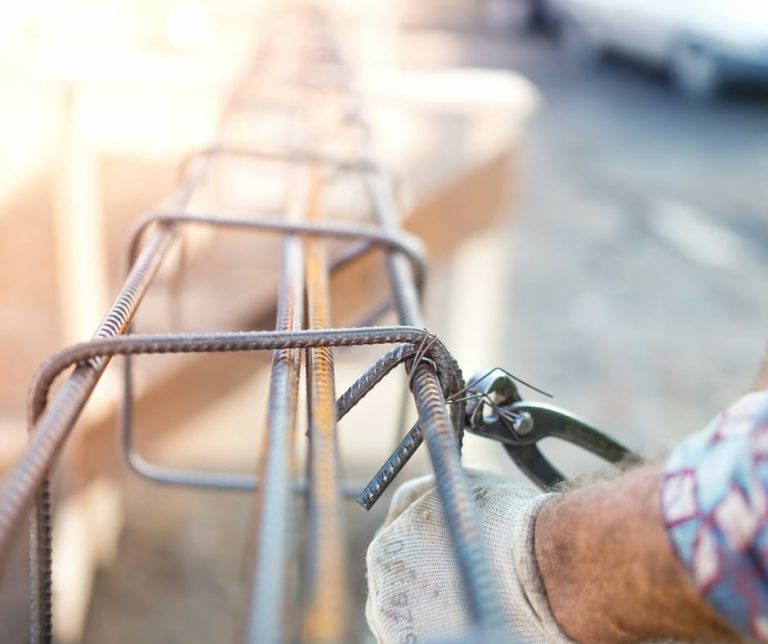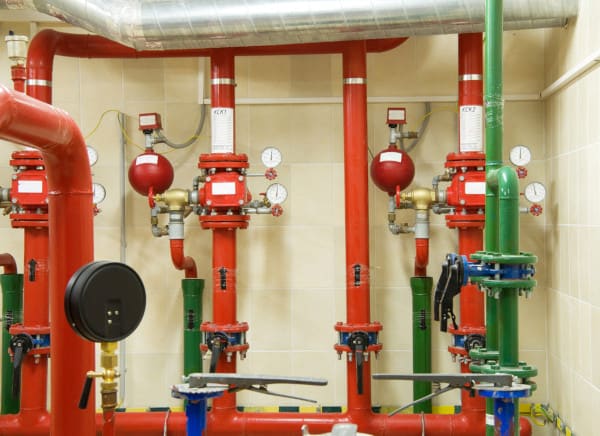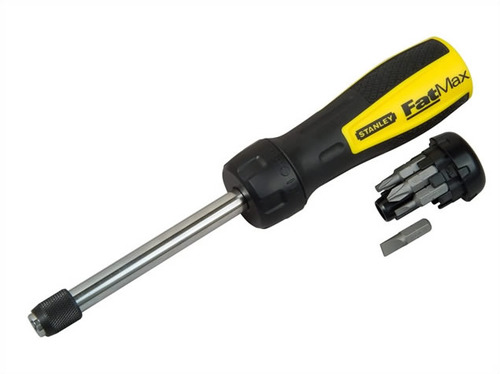Angle Grinder Safety UK – PPE – Inspection & Disc Mounting
Angle grinders really are a very versatile and useful tool. If you need to do cutting, grinding, or polishing then that is the best tool to use. Like any power tool they come with inherent hazards, and that should make your safety of paramount concern. I shall explain the essential safety guidelines for angle grinders, ensuring that UK users can operate these tools responsibly and minimise the risk of accidents.
If you have ever used an angle grinder, then you will know they are noisy. Any type of prolonged exposure to excessive noise can lead to hearing loss. Likewise they can vibrate a lot, and prolonged exposure to hand to arm vibration (HAV) can result in hand arm vibration syndrome (HAVS). To help with that I will explain noise reduction techniques and the importance of taking regular breaks to minimise vibration exposure.
The main risks are when using the grinder and these can cause pretty serious injuries, if not operated properly. These include, kickback, flying debris, electrical hazards, and improper handling. Some or all of these may result in eye, face, and bodily injuries. I will explain what each of these hazards mean and provide the best safety precautions to prevent potential mishaps.
Main Angle Grinder Hazards
Any power tool, especially one with a spinning blade can be dangerous if not used properly. The angle grinder is worst than most, simply because it is used a lot for cutting or grinding metal and concrete. There are some particular hazards associated with the angle grinder.
|
Hazard |
Associated Risk |
|---|---|
|
Kickback |
Severe injuries, including lacerations, fractures, and impalement. |
|
Flying Debris |
Eye injuries, facial lacerations, and respiratory problems. |
|
Electrical Hazard |
Electric shock, electrocution and fire risk. |
|
Noise Hazard |
Hearing loss. |
|
Vibration Hazard |
Hand-arm vibration syndrome (HAVS) |
|
Respiratory Hazard |
Silicosis, siderosis, metal fume fever |
1. Kickback
Kickback is the most common and indeed the most dangerous hazard when using an angle grinder. It happens when the disc catches or binds in the workpiece. This causes a sudden and forceful backward movement of the tool towards the operator. This usually happens when:
- Too much force is applied and causes the disc or blade to stall
- It can happen when cutting at an angle, especially on thicker or harder materials
- Using the wrong disc type, such as a metal disc on concrete, which can cause a bad kickback
2. Flying Debris
Angle grinders will always generate a substantial amount of flying metal fragments, sparks, and dust. These can cause eye injuries, facial lacerations, and respiratory problems if not properly shielded. Using safety glasses, face shields, and dust masks is essential to protect yourself from any type of flying materials.
3. Electrical Hazards
Corded angle grinders are electrically powered tools, and there is a potential for electrical shock or electrocution if not handled with care. Damaged plugs, sockets, cords and exposed wires, can increase the risk of electrical hazards. Always inspect the angle grinder before us.
With cordless angle grinders the risk is reduced. You should clean the battery terminals regularly.
Avoid operating an angle grinder in wet or damp environments.
4. Noise Hazards
Even if you only use an angle grinder occasionally, you should wear ear protection. It has been proven that prolonged exposure to excessive noise levels from angle grinders can lead to hearing loss. They typically produce noise levels above 85 decibels (dB), which will damage hearing over time.
Wearing ear protection, such as ear protectors, or earplugs to prevent noise induced hearing loss.
5. Vibration Hazards
By their nature all angle grinders vibrate. This is known as hand to arm (HAV.) If exposed to prolonged use it can cause hand to arm vibration syndrome (HAVS) . The symptoms of this are; a tingling sensation, numbness, and loss of hand dexterity.
To reduce HAV exposure, wear anti-vibration gloves, take regular breaks, and use angle grinders with lower vibration levels.
6. Respiratory Hazards
Angle grinders generate a lot of dust and fumes. These can create a potential risk to the respiratory system if not carefully addressed. Prolonged use can lead to various respiratory ailments:
- Silicosis: This is a chronic lung disease caused by inhaling silica dust. That is found in concrete and stone. Over time, silica dust build up in the lungs, and causes scarring and inflammation that can impair lung function.
- Siderosis: This arises from inhaling iron oxide dust, often generated when cutting or grinding ferrous metals. Siderosis can cause lung scarring, but it is typically less severe than silicosis.
- Metal fume fever: This is an acute respiratory illness is caused by inhaling fumes from welding or grinding certain metals, such as zinc, copper, or nickel. Symptoms of metal fume fever include chills, fever, fatigue, muscle aches, and nausea.
Try to prevent all of these by using a dust extractor, wearing a dust mask, and working in a well ventilated area. Taking regular breaks is also a very good idea.
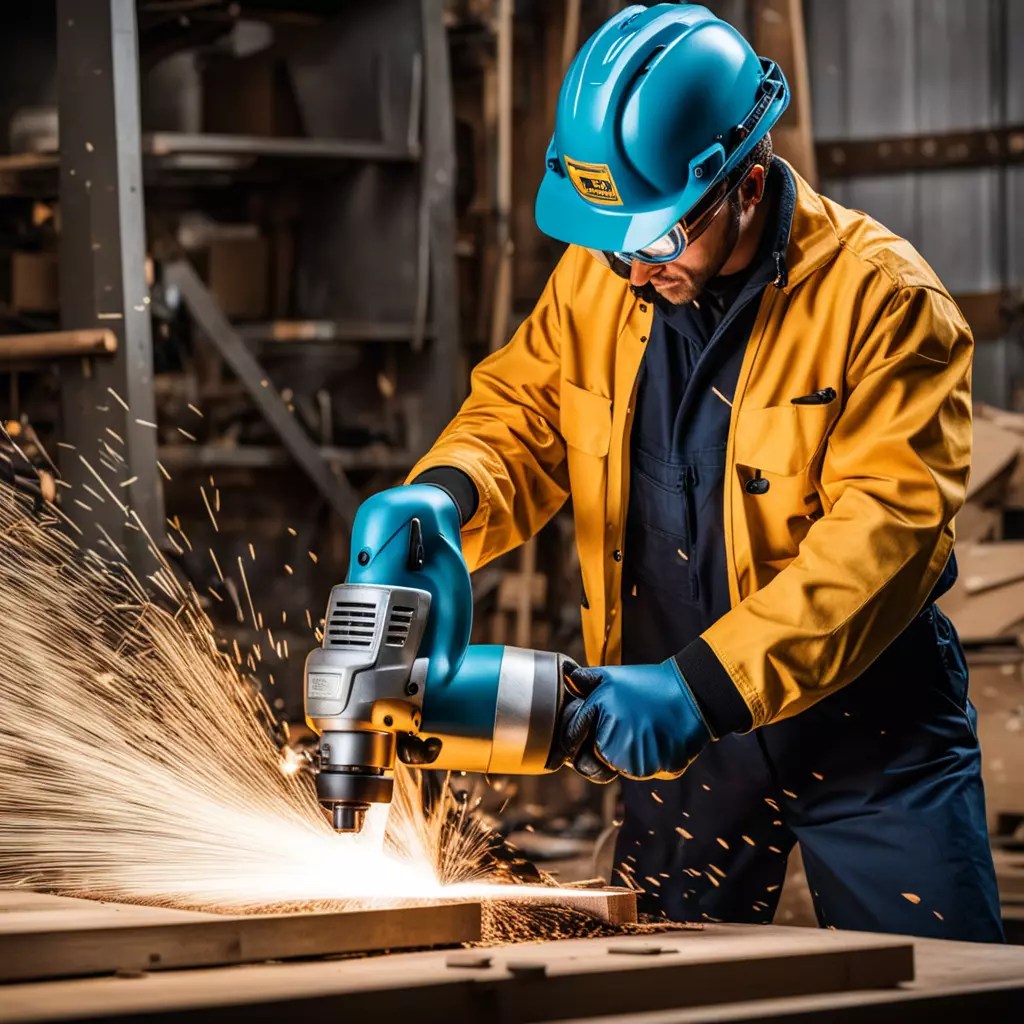
Essential Safety Precautions
1. Personal Protective Equipment (PPE)
The best way to use an angle grinder safely is to use the recommended PPE. I have listed that below:
- Wear safety glasses or safety goggles: These will protect your eyes from flying debris, sparks, and dust.
- Face shield: As the name would suggest these offer extra protection for your face, especially when working with overhead tasks or cutting materials that generate a lot of debris. You can buy them as shields or with respiratory masks built in
- Protect your hearing: Wearing ear protection will reduce noise levels and in the long term prevent hearing loss. Earplugs or ear protectors are recommended for extended use.
- Wear gloves: By wearing gloves you can protect your hands from abrasions, cuts, and vibration. Anti-vibration gloves are particularly beneficial for minimizing HAV exposure, but any heavy duty gloves are better than not wearing any.
- Dust mask: Wearing a dust mask will prevents inhalation of dust particles, which can be harmful to the respiratory system.
|
Step |
Guideline |
|---|---|
|
Safety glasses or goggles |
Eye protection from flying debris, sparks, and dust |
|
Face shield |
Additional facial protection, especially for overhead tasks or materials generating high debris |
|
Ear protection |
Reduces noise levels and prevents hearing loss |
|
Gloves |
Protects hands from abrasions, cuts, and vibration |
|
Dust mask |
Prevents inhalation of dust particles, which can be harmful to the respiratory system |
2. Preparing the Work Area
I recommend taking just a little time to prepare the work area as this will increase your safety.
- Clear away clutter and debris to prevent any type of tripping hazard.
- Make sure there is really good lighting as that allows for better visibility and reduces the risk of accidents.
- Open a window or work outdoors if possible as proper ventilation really helps for removing dust and fumes generated during operation of the grinder.
- Try to secure electrical cords, hoses, and other potential tripping hazards.
- Use a stable and sturdy work surface as this prevents the angle grinder from tipping over or moving unexpectedly.
3. Grinder Inspection
It doesn’t take very long to give your grinder a once over. That gives you peace of mind that it is in safe working condition:
- If using a corded grinder check the cord for any signs of damage or wear, such as cracks, cuts, or exposed wires.
- Ensure the disc guard is properly attached and not damaged.
- Check any disc you may be using for cracks, chips, or excessive wear. Replace the disc if it is damaged.
- Inspect the arbor and make sure it is clean and free of debris.
- Test the trigger switch functions smoothly and does not malfunction before applying it to any material.
- If using a corded grinder check that the three-prong plug is intact, properly connected and no scorch marks.
4. Disc Mounting & Selection
Choosing the appropriate disc for the task and mounting it correctly is crucial for safety:
- Use the correct disc for the material you are cutting or grinding. For example, metal cutting discs are for metals, while masonry discs are for concrete and brick.
- Be certain that the disc diameter and arbor hole size match the angle grinder specifications.
- Before mounting the disc, inspect it for cracks, chips, or excessive wear. Replace the disc if it is damaged.
- Follow the manufacturer’s instructions for properly mounting the disc onto the arbor.
- Ensure the disc nut is tightened securely to prevent the disc from wobbling or coming loose.
|
Step |
Guideline |
|---|---|
|
1 |
Select the correct disc type for the material being cut or ground. |
|
2 |
Ensure the disc diameter and arbor hole size match the angle grinder specifications. |
|
3 |
Inspect the disc for cracks, chips, or excessive wear. Replace if damaged. |
|
4 |
Mount the disc securely according to the manufacturer’s instructions. |
|
5 |
Tighten the disc nut firmly to prevent the disc from wobbling or coming loose. |
5. Safe Operation of the Grinder
Adopting safe operating techniques is essential for reducing the risk of kickback and other hazards:
- Hold the angle grinder with both hands firmly to maintain full control.
- Never operate the angle grinder without the disc guard properly attached.
- Avoid overloading the tool by applying consistent and controlled pressure and not brute force.
- Before cutting, allow the disc to reach its full operating speed.
- Try to cut straight and perpendicular to the workpiece to prevent the disc from catching.
- Do not cut too deep in one pass. Take multiple shallow passes to avoid overloading the disc.
- Never use the angle grinder for unauthorised tasks: Use the angle grinder only for its intended purpose. Do not modify or misuse it.
6. What To Do In An Emergency
Being prepared for emergencies can help mitigate the consequences of accidents:
- Make yourself aware of the location and operation of the power shut-off switch. It should be plugged into an RCD before going into the socket.
- Practice releasing the trigger switch and stepping away from the angle grinder in case of kickback.
- Have a first aid kit available for minor injuries
- If you experience a serious injury, seek medical attention immediately.
Follow these simple safety precautions and they will reduce the risk of accidents.
|
Step |
Guideline |
|---|---|
|
Kickback |
Immediately release the trigger switch and step away from the angle grinder. |
|
Electrical hazard |
Turn off the power source immediately. If safe to do so, unplug the angle grinder. |
|
Flying debris |
Seek medical attention if injured by flying debris. |
|
Noise hazard |
Move away from the noise source and wear appropriate hearing protection. |
|
Vibration hazard |
Take regular breaks to reduce vibration exposure. |
|
Respiratory hazard |
Move to a well-ventilated area and seek medical attention if experiencing respiratory symptoms. |
Angle Grinder Safety Tips
To further enhance angle grinder safety, consider these additional tips:
- Use only angle grinders that meet British safety standards. Look for the CE marking, which indicates compliance with European safety directives.
- Regularly maintain the angle grinder and replace worn parts promptly. Follow the manufacturer’s maintenance schedule and replace worn discs, brushes, and other components to ensure optimal performance and safety.
- Never operate an angle grinder under the influence of alcohol or drugs. Impaired judgment and reaction time can increase the risk of accidents.
- Keep bystanders away from the work area. Unintentional interference or distraction can lead to accidents.
- Dispose of used angle grinder discs and other hazardous materials responsibly. Follow local regulations for disposal of hazardous waste to protect the environment and public health.
My Final Thoughts
Angle grinders are versatile useful tools. They do demand a safety conscious approach. Of you follow my guidelines, adopt the proper safe operating techniques, and prioritise your safety, angle grinder users can harness the power and versatility of these tools while minimising the risk of accidents.
Further Reading
You may also find our beginners guide for angle grinders a useful read. Other external resources include:
Health and Safety Executive (HSE): The HSE is the UK’s national regulator for workplace health and safety. Their website provides clear guidance on angle grinder safety, including hazard identification, risk assessment, and safe operating procedures.
British Standards Institution (BSI): The BSI is a national standards body that develops and publishes standards for a wide range of products and services. Their website provides access to British Standards related to angle grinder safety, such as BS EN 12100:2010 Safety of machinery – General principles for design, construction, installation and operation.
Engineering Employers’ Federation (EEF): The EEF is a trade association that represents the interests of engineering and manufacturing businesses in the UK. Their website provides guidance on angle grinder safety for employers, including workplace risk assessments and training requirements.
Construction Industry Research and Information Association (CIRIA): CIRIA is an independent construction research and information organization. Their website provides access to research reports and guidance on angle grinder safety for construction workers.
